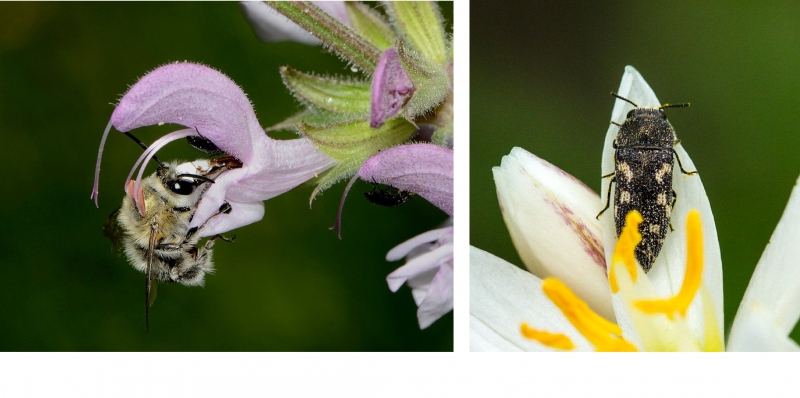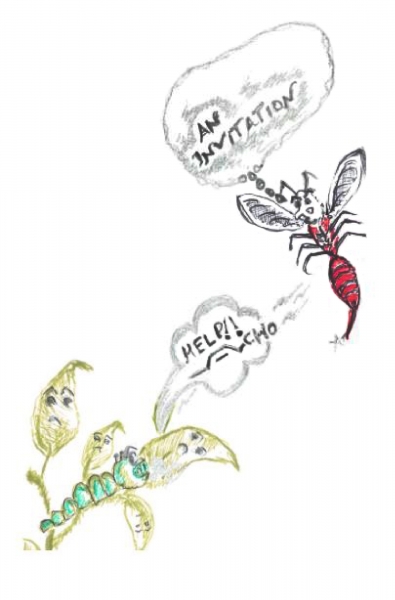How Do Plants Use Chemical Signalling?

Lawn mower mowing grass (Pgiam, iStockphoto)

Lawn mower mowing grass (Pgiam, iStockphoto)
7.29
How does this align with my curriculum?
Curriculum Alignment
BC
11
Chemistry 11 (June 2018)
Big Idea: Organic chemistry and its applications have significant implications for human health, society, and the environment.


